This article was co-authored by Andrea Rudominer, MD, MPH. Dr. Andrea Rudominer is a board certified Pediatrician and Integrative Medicine Doctor based in the San Francisco Bay Area. Dr. Rudominer has over 15 years of medical care experience and specializes in preventive health care, obesity, adolescent care, ADHD, and culturally competent care. Dr. Rudominer received her MD from the University of California, Davis, and completed a residency at the Lucile Packard Children's Hospital at Stanford University. Dr. Rudominer also has an MPH in Maternal Child Health from the University of California, Berkeley. She is a Member of the American Board of Pediatrics, a Fellow of the American Academy of Pediatrics, a Member and Delegate of the California Medical Association, and a Member of the Santa Clara County Medical Association.
wikiHow marks an article as reader-approved once it receives enough positive feedback. In this case, 82% of readers who voted found the article helpful, earning it our reader-approved status.
This article has been viewed 85,996 times.
Menstrual cramps affect many people during their monthly period. Every cycle, your body prepares for the fertilization of an embryo, building up the best environment for it. Once your body realizes you aren't getting pregnant any time soon, the uterus starts to contract in order to expel its lining which results in throbbing and cramping pains. There are many ways to help alleviate menstrual cramps naturally and without medicine.
Steps
Staying Active
-
1Do some exercise. For many, the thought of exercising while menstruating is laughable. However, being a little active helps to easy belly pain. It releases beta-endorphins that act as our body's natural painkiller. These painkillers burn the chemicals that cause uterine contractions much faster. Try anything that gets your heart pumping, like:[1]
- Brisk walking.
- Jogging.
- Swimming.
- Biking.
- Skating.
- Regularly exercising before, during, and after your period will benefit your entire body, especially if you're prone to painful menstrual cramps.
-
2Do yoga. Yoga helps to stretch out cramping muscles, as well as activates your body's natural painkilling endorphins. It is especially helpful in relieving back pain, sore legs, and abdominal pain due to your period. Yoga is also a great breathing exercise that helps to lessen stress levels which affects menstrual cramps, making you more relaxed. Try these poses:[2]
- Head-To-Knee Forward Bend: Sit with your legs extended in front of you, with your toes facing upwards. Bend the right knee so that the sole of your foot presses against your inner thigh. If that is too far for you to bend, rest your foot on your inner calf instead. Exhale as you slowly bend forward while reaching from your groin to your extended left foot. Keep your gaze locked at your extended foot. Plant your bottom or "sit bones" firmly into the ground. Take deep breaths, in and out, and stay in this pose for 1 to 3 minutes. Do the same for your other leg.
- Camel Pose: Kneel on the floor with your knees hip-width apart. Turn your thighs inward only slightly, while keeping your shins and the top of your feet planted on the ground. Let your hands hang behind your hips with your fingers to the ground. Inhale as you lift up your chest while pressing your shoulders down to your hips. Exhale as you push your hips forward and arch your back. Your fingers should graze the top of your calves or the heels of your feet. Use your hands to steady yourself and drop your head back. Taking deep breaths, in and out, do this post for 30 to 60 seconds.
- Forward Bend: Stand with your feet together and arms at your side. Plant your feet into the ground and inhale while slowly reaching your arms towards the ceiling. Exhale while you bring your arms out and down as your start to bend forward until your hands touch the floor. Flatten your hand on the floor. If you can't reach the floor, bend your knees. Keep this pose for 1 minute while you breathe steadily in and out.
Advertisement -
3Have an orgasm. In the same way that exercising works, having an orgasm releases endorphins to help with pain. The extra heat and increased blood flow also aids in relieving cramps. Orgasms also induce sleep, which is also a vital part of pain reduction.[3]
- You don't have to have sex to achieve orgasm. Women who masturbate often report that it helps them relieve menstrual pains and symptoms.
- It is completely possible to have sex while on your period. Be sure your partner consents to having sex while you're menstruating. It can often get messy, but if you do it in a safe and healthy way, you can enjoy the benefits of sex even on your period.
Using Heat
-
1Take a hot bath or shower. Warmth helps to relax the contracting muscles of your uterus and other sore places. Try soaking in a warm bath, or, if you prefer, take a comfortably warm shower.[4]
- For some people, being in water helps to slow the flow of their periods, making it possible to stay in the tub, blood-free. In a tub, the water acts to push against your vagina and slow down the flow. However, if you sit long enough, you'll most likely see blood flow out.
-
2Apply a heating pad or bottle to your abdomen. Similar to a hot bath and shower, heat helps to relax muscles and encourage increased blood flow to reduce pain. Use a warm water bottle or heating pad on your stomach for about 15 minutes to see if it helps.[5]
- You can also try using heating patches if you're on the move. Follow the instructions of the heating patches carefully to prevent burns or putting it on irritated or damaged skin.
-
3Drink hot beverages. Hot water and tea is often recommended to people with cramps to help relieve abdominal pain. The warmth from your hot drink helps to loose muscles and increase blood flow in your body.[6]
- Avoid drinks with a high sugar content which may increase bloating and make your cramps worse.
Eating and Drinking Right
-
1Make yogurt smoothies. With some cramps, constipation follows. The calcium in yogurt helps relieve pain while the probiotics help regulate your digestive tract. However, avoid yogurts with a high sugar content which can cause excess bloating and upset your stomach even more.[7]
- Calcium can also be found in other dairy products like milk and cheese, and in vegetables like mustard greens, collard greens, and turnip greens.
- However, dairy should be consumed sparingly, as it contains an acid that can cause cramps.
-
2Drink different types of teas. Different kinds of teas can help with different symptoms of menstruation. The herbs inside the tea work to help relieve pain, relax muscles, and even control the flow of bleeding. Try drinking:
- Ginger tea. It is an antispasmodic herb that helps relieve pain and reduce bloating. It also helps oxygenate your body which works to relieve stress. If you don't have powdered ginger, grate a tablespoon of real ginger, mix it with hot water, and let it steep for 5 minutes before drinking.
- Chamomile tea. This tea helps reduce inflammation and has glycine which reduces muscle spasms and relaxes the nerves.
- Red raspberry tea. This herb is often hailed as a go-to tea to help with premenstrual symptoms. The tea contains fragarine that assists in helping tighten and tone the muscles in your pelvic region. It also contains tannins that treats cramps, vomiting, nausea, and diarrhea. However, in order to benefit from this tea, it should be taken regularly and best ingested before your period.
-
3Stay away from caffeine. Coffee can irritate the intestines and cause your blood vessels to restrict blood flow to your body. Try to drink decaffeinated coffees and teas.[8]
- Some teas do have caffeine in them so if you're particularly sensitive to caffeine, make sure to find out if your tea of choice has caffeine or offers a decaffeinated version of it.
-
4Don't drink alcohol. Alcohol stores up water in your body which can cause excess bloating and aggravate menstrual cramps. It can also lower magnesium levels in your body which is used to regulate muscle function and blood sugar levels.[9]
- Limit yourself to one glass of wine or bottle of beer if you have to drink alcohol.
Expert Q&A
-
QuestionCan lavender oil help with period cramps?
 Andrea Rudominer, MD, MPHDr. Andrea Rudominer is a board certified Pediatrician and Integrative Medicine Doctor based in the San Francisco Bay Area. Dr. Rudominer has over 15 years of medical care experience and specializes in preventive health care, obesity, adolescent care, ADHD, and culturally competent care. Dr. Rudominer received her MD from the University of California, Davis, and completed a residency at the Lucile Packard Children's Hospital at Stanford University. Dr. Rudominer also has an MPH in Maternal Child Health from the University of California, Berkeley. She is a Member of the American Board of Pediatrics, a Fellow of the American Academy of Pediatrics, a Member and Delegate of the California Medical Association, and a Member of the Santa Clara County Medical Association.
Andrea Rudominer, MD, MPHDr. Andrea Rudominer is a board certified Pediatrician and Integrative Medicine Doctor based in the San Francisco Bay Area. Dr. Rudominer has over 15 years of medical care experience and specializes in preventive health care, obesity, adolescent care, ADHD, and culturally competent care. Dr. Rudominer received her MD from the University of California, Davis, and completed a residency at the Lucile Packard Children's Hospital at Stanford University. Dr. Rudominer also has an MPH in Maternal Child Health from the University of California, Berkeley. She is a Member of the American Board of Pediatrics, a Fellow of the American Academy of Pediatrics, a Member and Delegate of the California Medical Association, and a Member of the Santa Clara County Medical Association.
Board Certified Pediatrician & Integrative Medicine Doctor Yes—try blending lavender oil with sweet marjoram and rosemary oils in a carrier oil. Then, massage that onto your abdomen.
Yes—try blending lavender oil with sweet marjoram and rosemary oils in a carrier oil. Then, massage that onto your abdomen.
References
- ↑ https://www.nationwidechildrens.org/family-resources-education/health-wellness-and-safety-resources/helping-hands/yoga-exercises-and-menstrual-cramps
- ↑ https://www.nationwidechildrens.org/family-resources-education/health-wellness-and-safety-resources/helping-hands/yoga-exercises-and-menstrual-cramps
- ↑ https://www.plannedparenthood.org/learn/health-and-wellness/menstruation/what-can-i-do-about-cramps-and-pms
- ↑ Andrea Rudominer, MD, MPH. Board Certified Pediatrician & Integrative Medicine Doctor. Expert Interview. 13 April 2020.
- ↑ Andrea Rudominer, MD, MPH. Board Certified Pediatrician & Integrative Medicine Doctor. Expert Interview. 13 April 2020.
- ↑ https://health.clevelandclinic.org/how-to-stop-period-cramps/
- ↑ https://health.clevelandclinic.org/11-diet-changes-that-help-you-fight-pms/
- ↑ https://health.clevelandclinic.org/11-diet-changes-that-help-you-fight-pms/
- ↑ https://www.plannedparenthood.org/learn/health-and-wellness/menstruation/what-can-i-do-about-cramps-and-pms
- ↑ Andrea Rudominer, MD, MPH. Board Certified Pediatrician & Integrative Medicine Doctor. Expert Interview. 13 April 2020.
About This Article
If medicine doesn’t work to get rid of your period cramps, try taking a brisk walk, doing some yoga, or going for a bike ride. Even though exercise may sound horrible right now, your body releases endorphins when you're exercising, which are your body's natural painkillers. If you can't quite stomach the idea of exercising, you can also soothe tense muscles by taking a hot shower, pressing a hot pad against your stomach, brewing yourself some decaffeinated tea, and drinking plenty of water. For tips on foods that may help minimize your pain, keep reading!
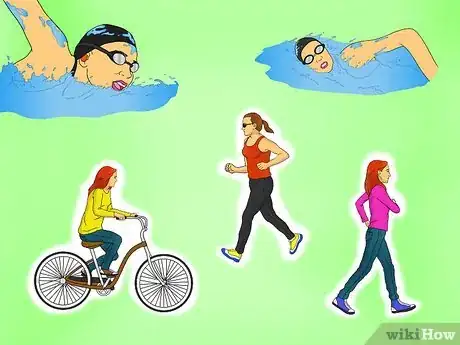
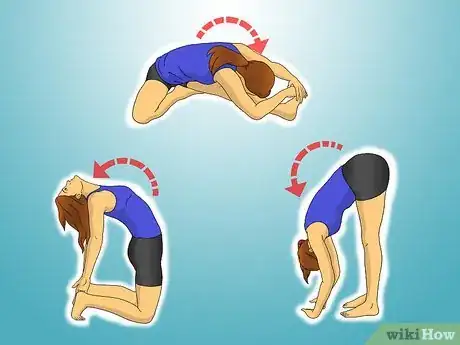
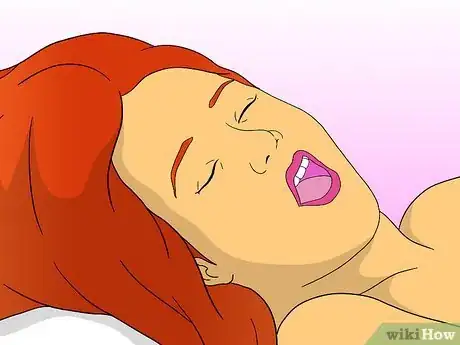
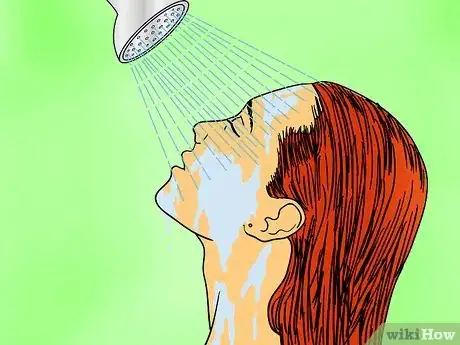

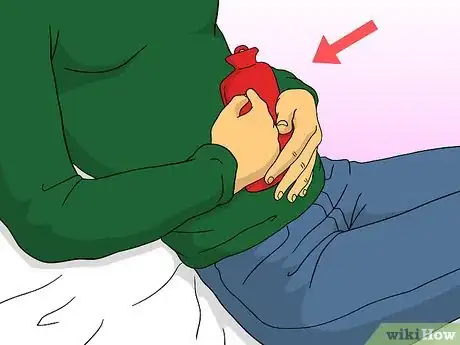
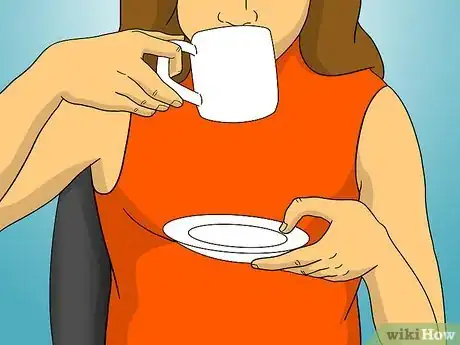
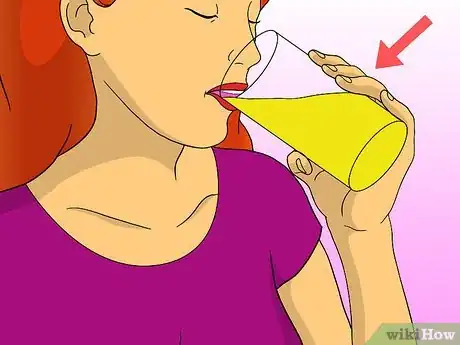
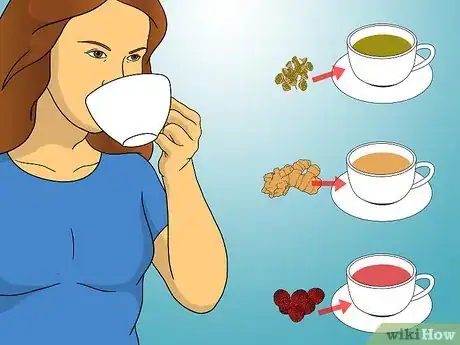
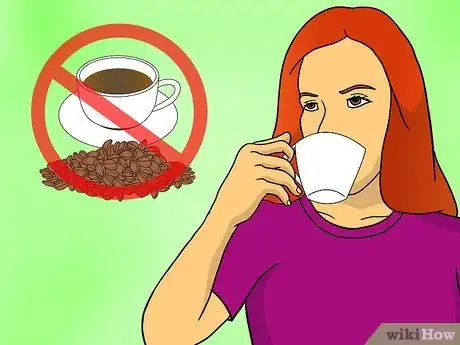
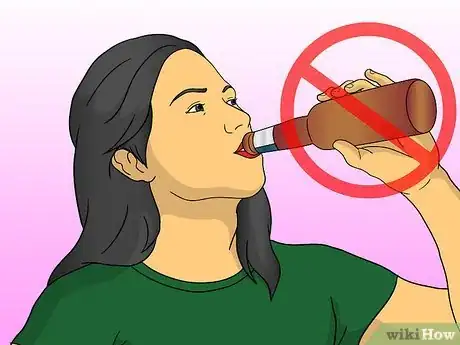

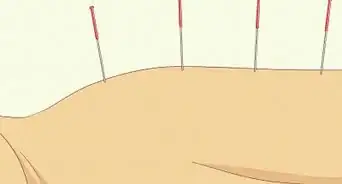
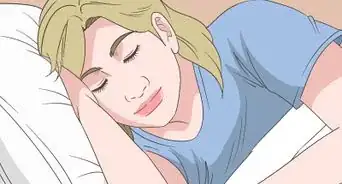
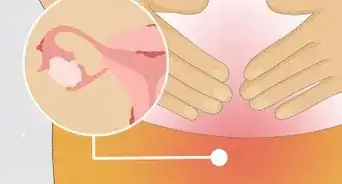
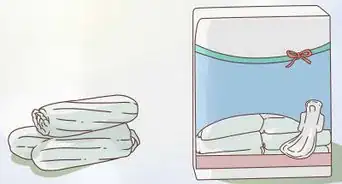
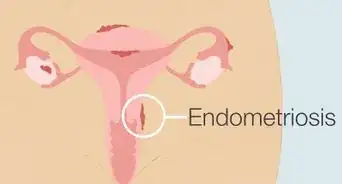
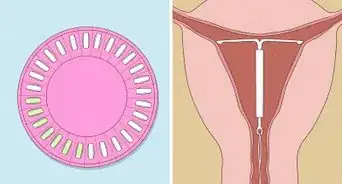

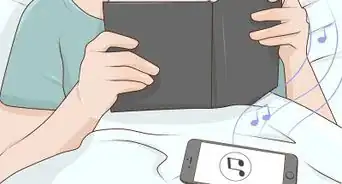
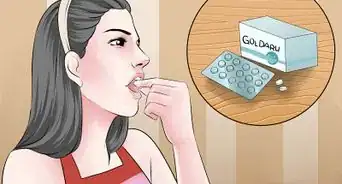









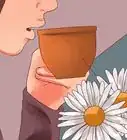

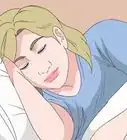
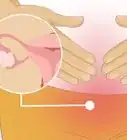



































Medical Disclaimer
The content of this article is not intended to be a substitute for professional medical advice, examination, diagnosis, or treatment. You should always contact your doctor or other qualified healthcare professional before starting, changing, or stopping any kind of health treatment.
Read More...